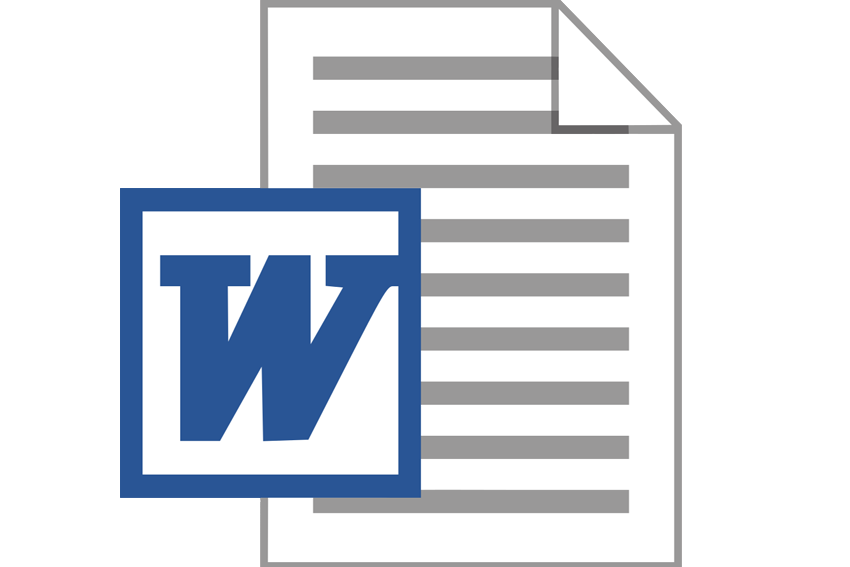Case 1 – R&D Device at EBP
Two years ago East Beach Products (EBP) designed and built in-house an R&D device to measure a critical parameter in evaluating new designs. Based on lessons learned, the testing engineers have found a generic device which can be modified to measure the critical parameter and which eliminates most of the operating problems inherent in the existing design. You have been tasked with evaluating the device’s replacement in a time of tight capital and operating budgets.
The old device was built for $100,000 and currently has a book value of $48,000. The useful life of the device was estimated at 8 years. The device has no market value but can be scrapped and cannibalized for parts/computers/controls valued at $40,000 today and $5000 less in any succeeding year. Currently, the device costs $32,000 per year to operate (labor and material usage) and another $15,000 per year to maintain. Operating costs are increasing at the rate of $3200 per year (mostly in higher material usage rates) while maintenance costs are increasing at $2300 per year.
The new device will cost $125,000 after modification by the supplier. The new device is also projected to have a useful life of 10 years. The device is expected to have an operating cost of $26,000 for the first year which increases by 10% each year. The maintenance costs for the device are estimated at $8000 per year and are expected to increase at the rate of $1500 per year. The salvage value is estimated at $98,000 at the end of the first year and $8,000 less each year thereafter.
What is the economic life of each device? What is your recommendation if the device will be needed for a long but indefinite period into the future? EBP uses a before-tax MARR of 10%.
Options:
1.What is your recommendation if the device is only used on an R&D project, which should terminate in 6 more years?
2.What is your recommendation if the after-tax MARR is 6%, and the after-tax rate is 40%?
Case 2 – West Muskegon Machining
West Muskegon Machining and Manufacturing (WM3) is owned by Wally O’Leo, a degreed manufacturing engineer. Upon graduation from college 20 years ago, Wally went to work for his father in the family business. When his father retired last year, Wally became the firm’s manager.
The current products made by the business have a steady demand but little, if any, growth potential. The products are machined using standard CNC machine tools and are assembled using specialty tools and fixtures, most of which were designed by Wally. The business has a good local reputation for quality and on-time delivery. The prices for the product are reasonable, and it is difficult for competitors to compete on price due to WM3’s specialty fixtures. As a result, Wally sees his core business as secure. Wally also sees the business as stagnant and worries that the business has not added a new customer or product in 2 years. With actual taxable income steady at $525,000 per year Wally is concerned that, adjusted for inflation, the business is losing ground. WM3 pays state income taxes at a rate of 11%.
Based on WM3’s reputation, it is often asked to bid on parts and sub-assemblies for the large furniture and automotive parts plants in the region. Wally sees this as an untapped opportunity to add to the product line and grow the business in real terms. Wally has recently received a request for a proposal from one of the area’s furniture companies. He has discussed this with the purchasing department of the furniture company, and now he is pondering expanding the business.
The furniture company is offering a four-year contract for 100,000 units per year at a fixed price of $55.50 per unit. WM3 has sufficient manufacturing and warehouse space to support this project.
Wally’s people have estimated that the unit cost to produce this item will be $28.50 for materials, $12.50 for labor and $8.50 in variable overhead (60% wages and 40% other items) at today’s costs. No additional fixed costs are anticipated although the accounting manager wants to charge the new product a share of the fixed costs based on the square footage this product will need. This amounts to $200,000 per year.
Production will require the purchase of two new stamping presses at a cost of $125,000 each. These presses have a long life and decline in value at about 10%/year. Three dies will also be required at a cost of $36,000 each. Each die, with proper maintenance, is expected to have a useful
life of 400,000 units, but they have no value except for this product. To support production, Wally’s production planning people are planning on keeping an average of a one month’s supply of raw material inventory on hand. Wally expects to be able to start production next year.
Wally has been assured by the furniture company that they will pay all invoices within 72 hours as long as he meets delivery schedules. The furniture company will expect weekly deliveries equal to 1/50th of the annual demand. To insure timely deliveries Wally plans to keep a week’s supply of finished-goods inventory on hand.
Wally has $100,000 on hand to invest in this project. His banker has told him that if invests the $100,000 on hand in this project, the bank will finance the presses at 8% per year with yearly payments over four years with 10% down. The dies can be financed at 8% over three years with
30% down. Inventory can be financed against the company’s revolving credit limit at a rate of 10%—paying just the interest each year and using the inventory as collateral until the project’s end when the bank is repaid the loan’s principal by liquidating the inventory. A “last in-first out” method is used to value inventory.
Wally’s real after-tax MARR is 12%. Wally is expecting 3% per year growth in raw materials prices, 2% growth per year in wages. He expects the general rate of inflation to be 2.5%. Should Wally proceed with this project?
Option:
Does financing this project make it more or less attractive (assuming there were funds in the company available to use for this project)?


 What is your recommendation if the device is only used on an R&D project, which should terminate in 6 more years?
What is your recommendation if the device is only used on an R&D project, which should terminate in 6 more years?